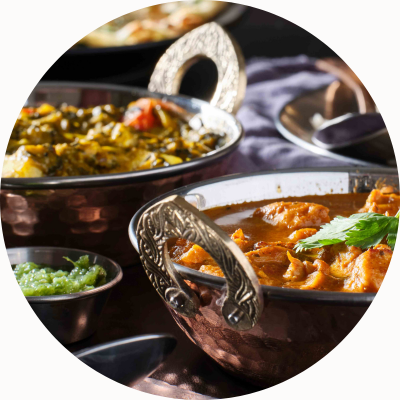Where do tourists take a bite out of the Big Apple?
February 10, 2025 | By Vicki Hyman
The famed 19th century French polymath Brillat-Savarin once said, “Tell me what you eat, and I will tell you what you are.” But he might be confounded by the results of a new restaurant spending analysis by the Mastercard Economics Institute (not to mention the intervening 200 years).
Travel in 2024 broke records, and New York City expects to exceed pre-pandemic visitors this year. “People continue to prioritize spending on meaningful experiences,” says Nick Bunker, North America lead economist at the institute. “Whether it’s pastrami, pernil or poke, New York City’s vast diversity of cuisine offers up those opportunities.”

Economists examined Mastercard’s anonymized and aggregated spending data to find out what kind of cuisine international visitors enjoy when they dine in New York City. Chinese and Indian tourists are more likely to seek out the comforts of home, spending 17% and 15% of their dining wallet at restaurants offering their native cuisine, respectively.
Meanwhile, tourists from the U.K., Italy and France appear to be a little more adventurous (or maybe they just have a lower opinion of American rarebit, rigatoni, ratatouille or ramen). Italian and French visitors spend a quarter of their dining budget at all-American establishments like delis, diners and burger joints — double the amount of other tourists — while American fare accounts for a full third of a Brit’s budget.

New York City’s Italian restaurants do seem to pasta the taste test with visitors from many countries, eating up 12% to 14% of the dining wallet share for tourists form Canada, Ireland, Saudi Arabi and Switzerland.
Japanese tourists earmark 12% of their dining wallet for steakhouses, but coffee is also a major draw. Tourists who espresso their love for coffee and tea shops, with 10% to 12% of dining share, hail from Japan, Germany and Poland.